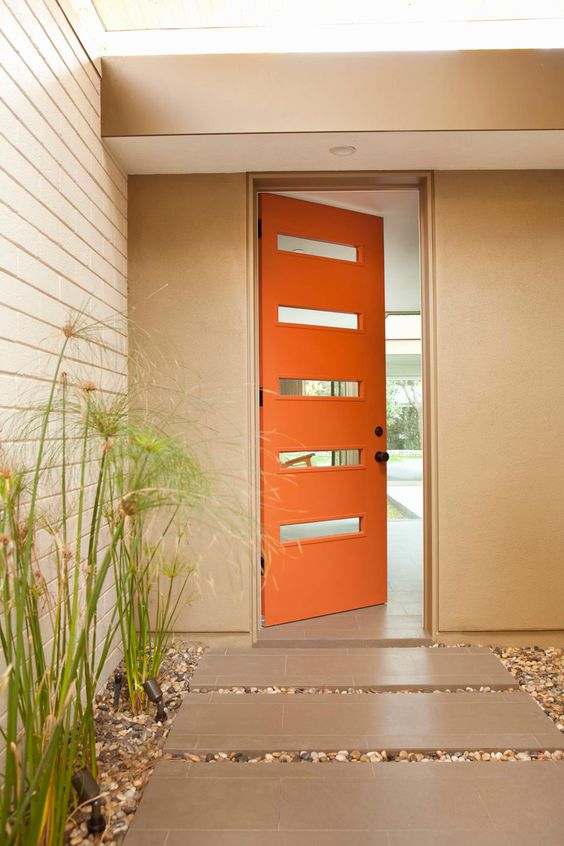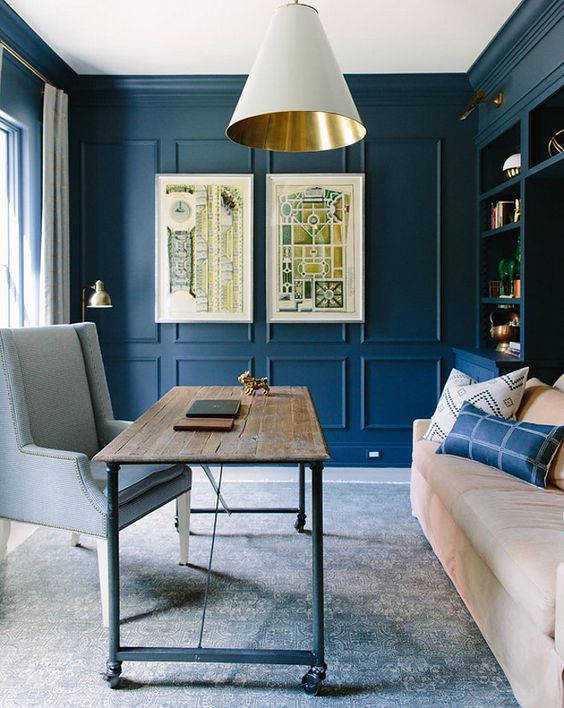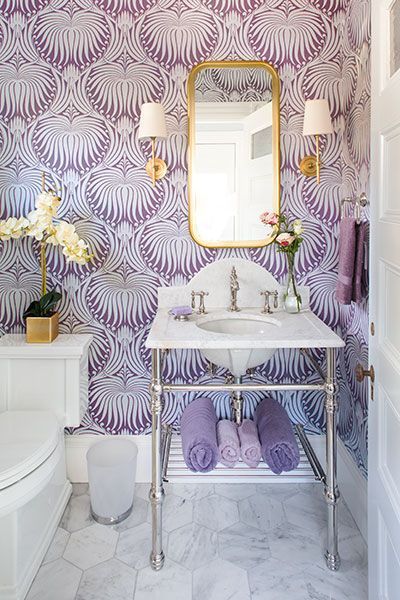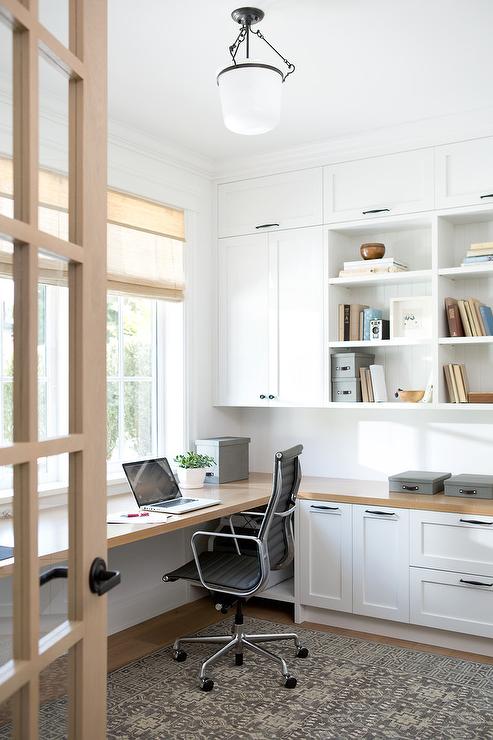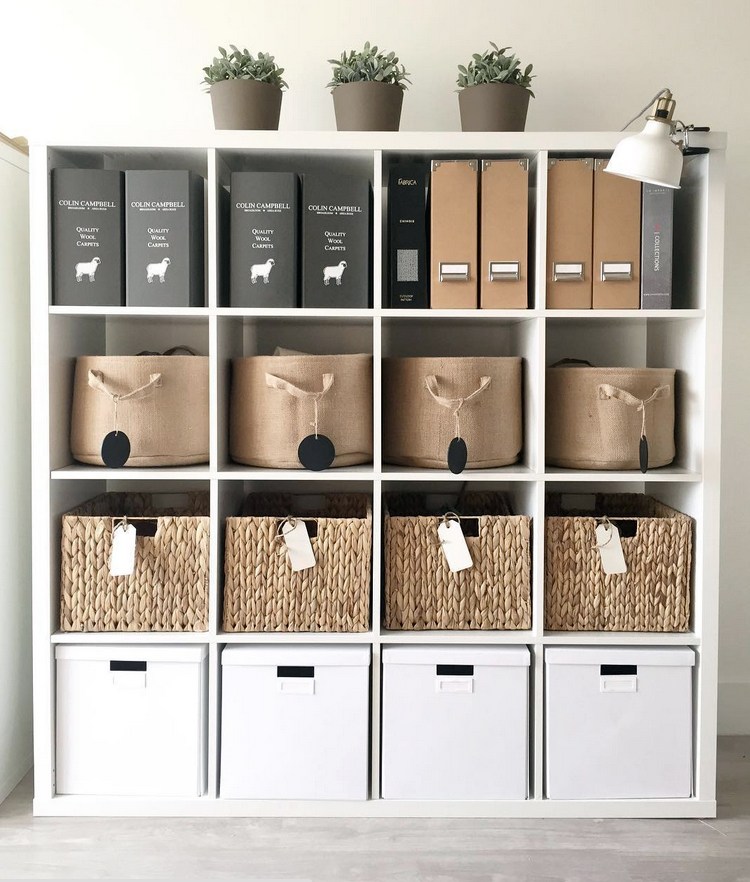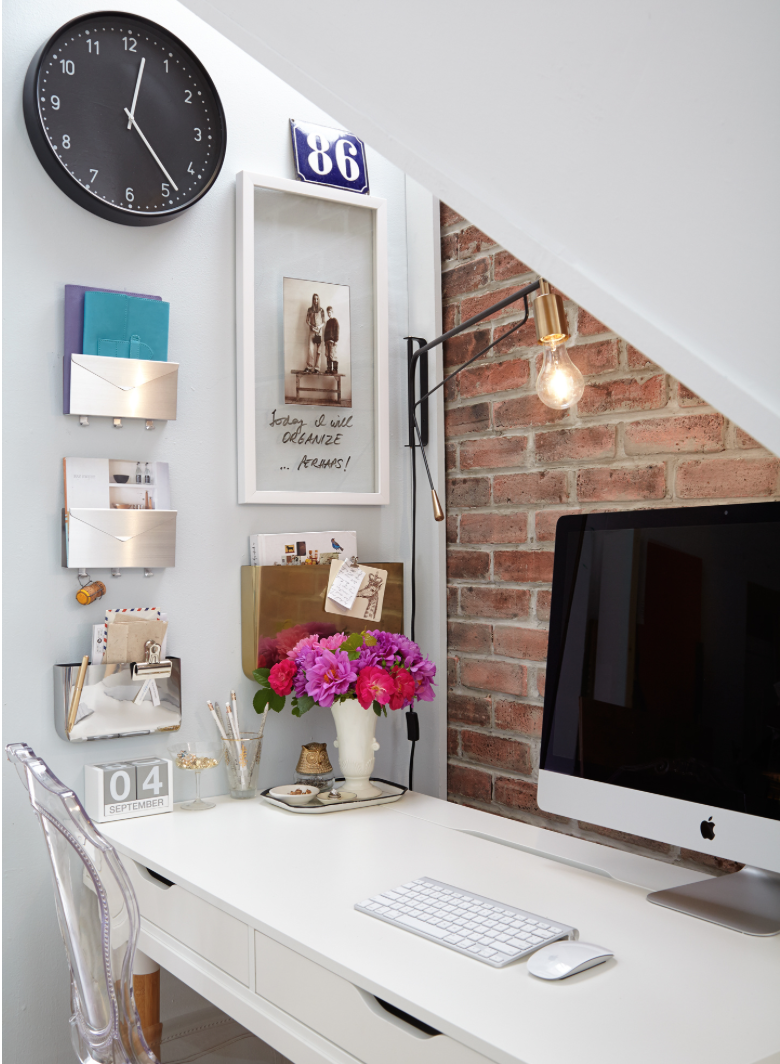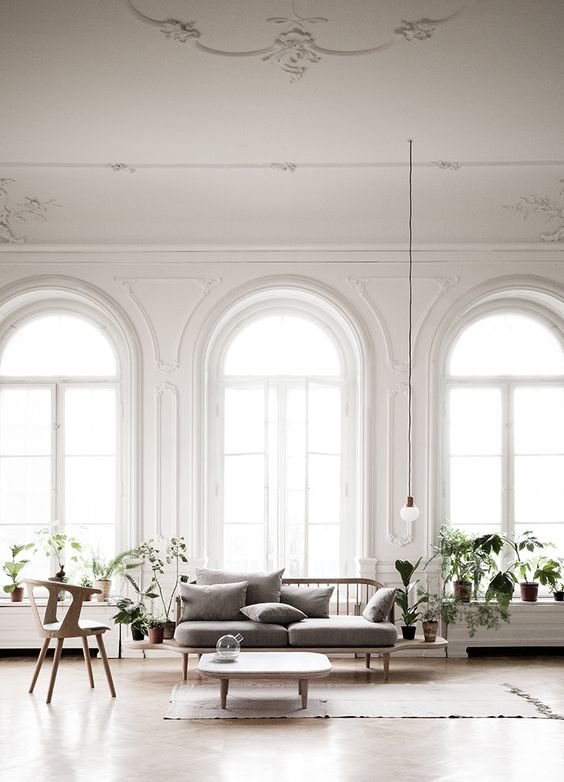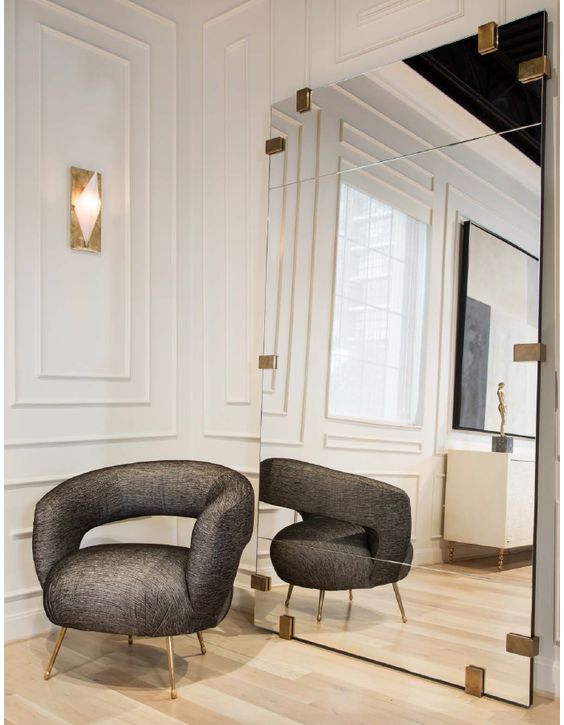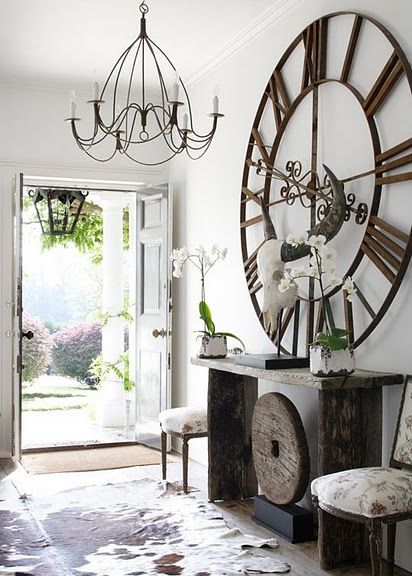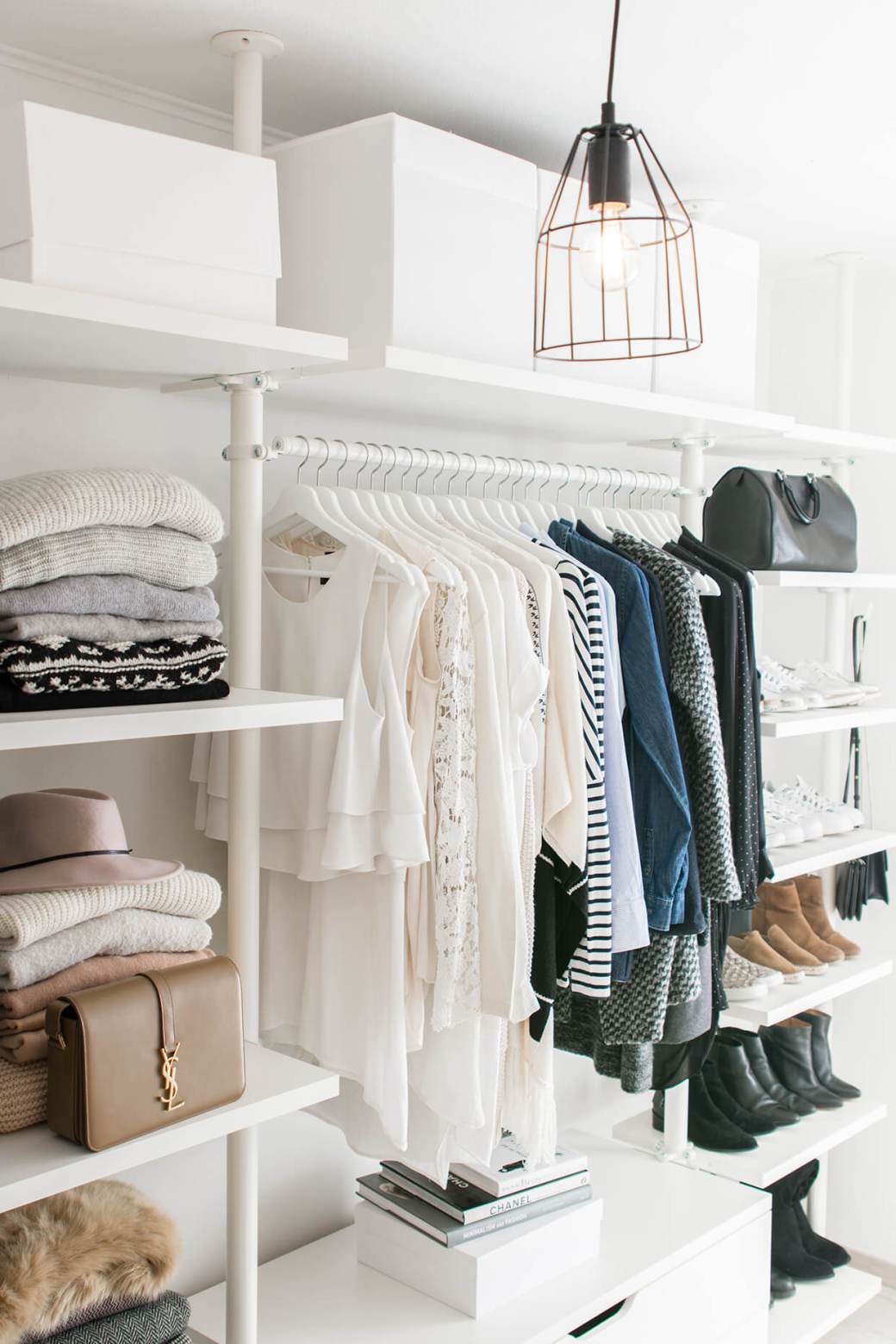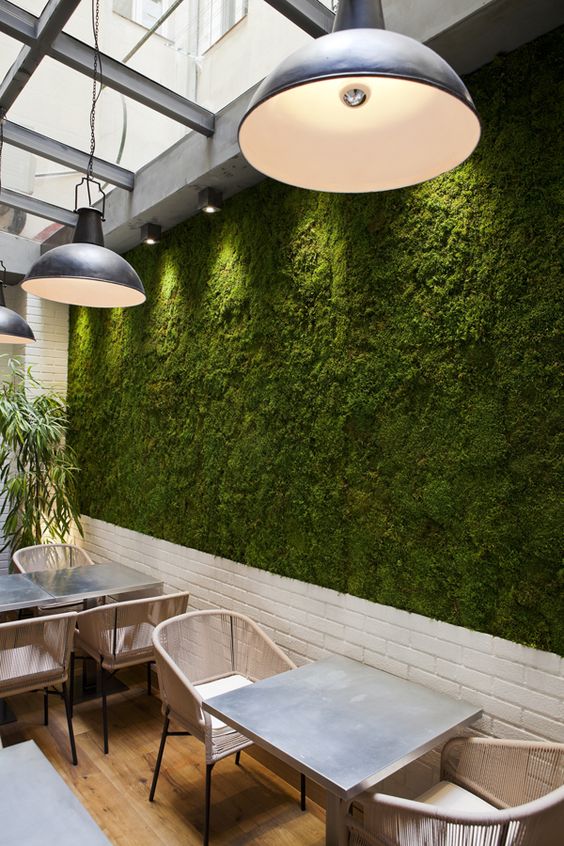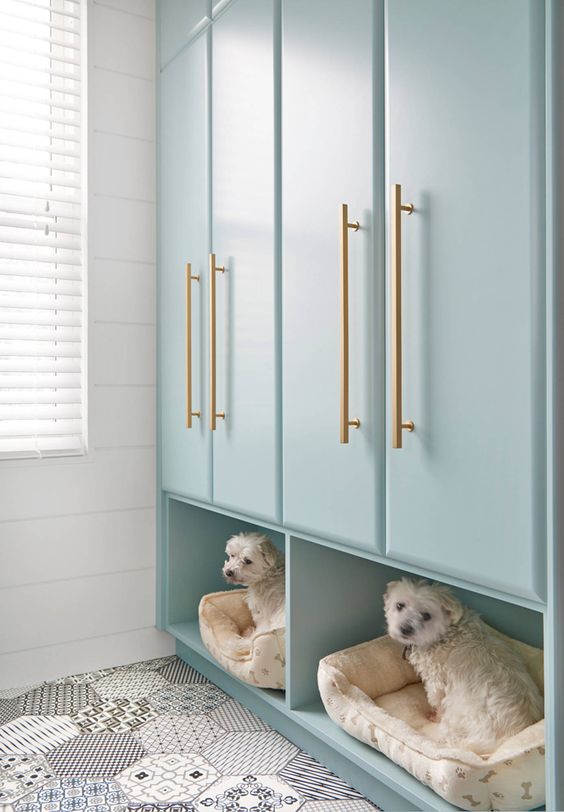Nowadays, many of us struggle to maintain a healthy work-life balance. Between working late hours, worrying about finances, trying to maintain a healthy lifestyle, and keeping up with family and friends, we are left with minimal time to pursue other passions in life.
Recently, I had a chance to sit down with Julie Nolin, an award-winning journalist at CTV Vancouver and instructor at the British Columbia Institute of Technology (BCIT), to discuss how she manages the many different facets of her busy life. Julie identified a few tips and tricks in regards to time management and also addressed the link between Interior Design and productivity.

Photo Credit: Pexels
Natalie: Do you consider yourself an expert at managing time?
Julie Nolin: I don’t think I’m an expert but I do think I’m constantly studying how to be better with time management. I think efficiency is a sign of intelligence. If you can constantly think of more efficient ways to get things done, that’s helping not just yourself, but also others around you who are relying on you. I think that because I am so insanely busy, if I didn’t try to figure out strategies all the time in order to get work done or to spend quality time with the people I love, it would be hard on them, not just me.
Natalie: On a scale of 1 to 10, how busy would you say you are?
Julie Nolin: Oh.. I’d have to say I’m about a 9 out of 10.
Natalie: Can you tell me a bit about all the different things that you juggle in a day?
Julie Nolin: My full-time job is here at BCIT. That includes teaching, marking, preparing, mentoring and participating in other commitments on campus. Then I have my other life at CTV which includes jobs such as producing, reporting, and hosting. That job is INSANELY busy. Yesterday I was going from 8:30 in the morning until 7:30 at night. Even if someone else is driving the car to Whistler, I’m sitting there and I’m preparing or I’m researching. I’m making the most of every second that I have. My saying is “ABM” or “Always Be Marking,” even if I’m standing in the lineup at the bank.
I also have one 17-year-old son who still lives at home but he’s pretty much self-sufficient. Then I’m making time for my friends and my family.
I think, like I said to you earlier, I’m admittedly really overstretched right now. I like to say ‘yes’ to the things that I’m passionate about but sometimes, if I know I’m too stretched, there’s no point in me saying yes because I’m not going to be able to do as good of a job as I’d like. I’m learning more to say no but honestly, I’m insanely busy.
I hope that I don’t let anyone down around me. I think that’s my biggest problem. I don’t like letting students down, I don’t like letting my family down, I don’t like letting my friends down.
Natalie: Do you find you have enough time for yourself?
Julie Nolin: I LOVE what I do and am so fortunate that I get to do everything that I do. As I admitted earlier, I’m a little bit Attention Deficit Disorder. I don’t think I could keep doing just one thing as my mind needs to keep going. But, to your point, I do try to do little things for myself. If it’s even just having a really nice bubble bath. That’s so lovely.
I’ve committed to doing some school work this weekend so I’ve built in a little reward for myself. I’ve got my spa appointment on 2pm on Sunday so I’m going to work through all of this stuff Saturday and Sunday morning so I have a reward. I will purposefully do this sort of thing. If I don’t build rewards in to what I do, then I’m not very productive.
Natalie: How do you manage it all? Do you have any tips for people who may be struggling to balance it all?
Julie Nolin: I think it’s important to triage and figure out what needs your attention now. That’s the key sometimes.
It’s like looking at your plate and thinking, I’m not a fan of peas but I really like pork tenderloin..Well, if I ate the pork tenderloin first I’d probably only pick away at the peas a little bit. So sometimes I think you need to eat your peas first and then you can manage the other stuff.
That’s how I do it and I try not to procrastinate but I think that’s human nature. We all have that in us. I think I’m better at tackling procrastination by eating my peas first.
I’ll also do things to try to make the tasks that I have to tackle more enjoyable. For example, I’ll go to Starbucks and invite my 17-year-old son to come sit with me and do his homework while I mark. That way I’m parenting and finishing up the tasks that I need to complete. Even though I have to get work done, those are some of my favourite times because I’m sharing it with him. We’re still sharing ideas and we have great discussions.
I think too being infectious about what you’re passionate about brings people into your life in new ways.
Natalie: Do you think a functional space would benefit you or make you more productive?
Julie Nolin: Yes! Because I just moved in February and I’m in a new space that is not big enough, I’m struggling. I need to be able to have things make sense and I don’t have the space so I’m really struggling with finding a solution. In fact, I’ve kind of hit the brakes with what to do with it. I need to either invest in new furniture or get rid of some things and I think sometimes we don’t fully appreciate how life changes can impact those functional spaces.
There are certain parts of my home, such as my office, that are very functional but I don’t have all the organization that I would really like. I love the space but I don’t have as much room for everything else and that’s what creates those struggles.
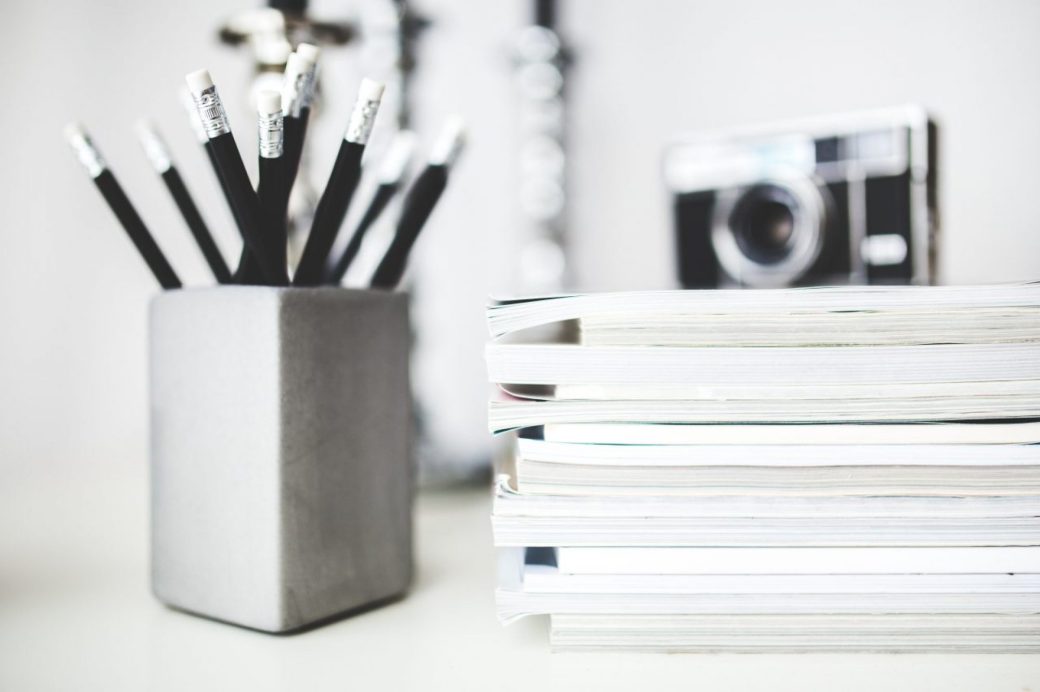
Photo Credit: Pexels
These are just a few tips to consider when trying to achieve a healthy work-life balance and enhance your time management skills. Please comment below if you have any other tips and ideas!
xo
Natalie

